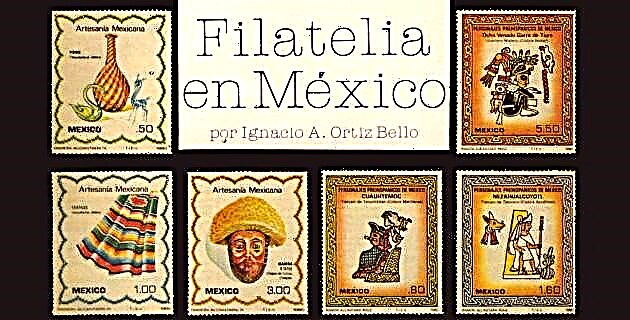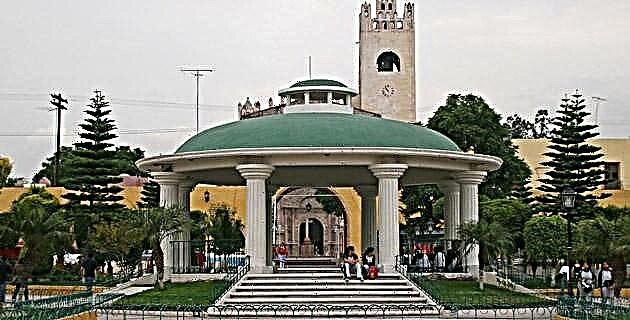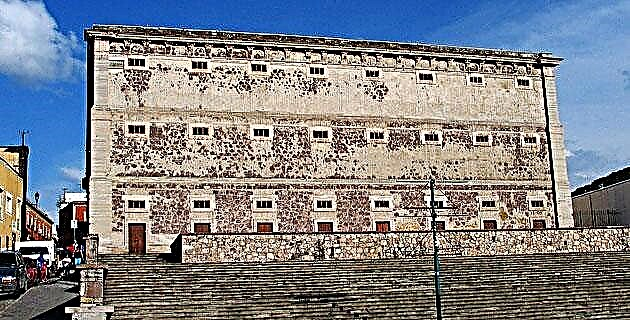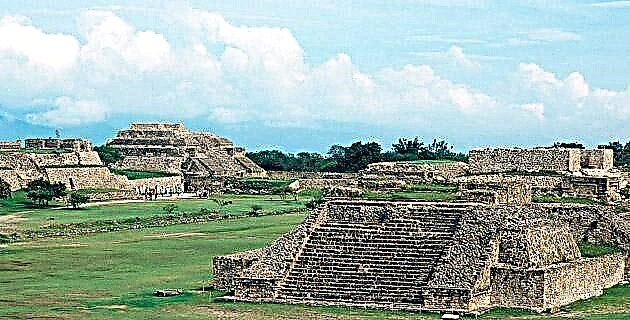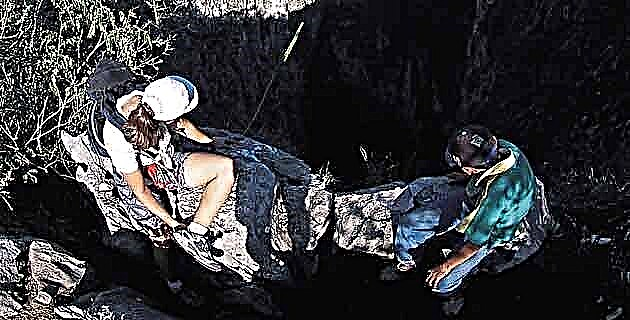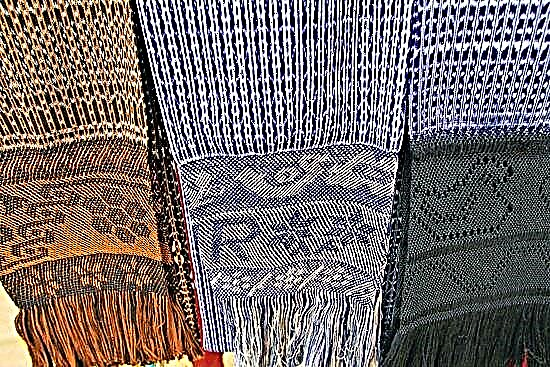
This artistic piece is today a beautiful accessory highly valued by the world community, which appreciates its delicate workmanship. Every Mexican woman should have at least one in her wardrobe and wear it for what it is, a unique piece because it is made by hand with the finest materials.
Since pre-Hispanic times, the rebozo was constituted as a unique textile piece, which transcended its status as an accessory, to become a symbol of national identity, in which Mexican artisans for a long time have managed to capture the creativity and feeling of indigenous art and popular. What better indicative of its importance than its outstanding presence in the use that women give it in significant moments of its life, such as: lulling it at birth, complementing its wedding trousseau and, finally, being part of the clothing that has to accompany her on her journey to the afterlife.

Family workshops
Like many of our handicrafts, the shawl finds in family workshops the ideal place for its demanding elaboration, becoming a tradition and pride, inheriting the secrets of the trade and knowledge, from generation to generation.
Today, the artisan production of the shawl does not go through one of its best moments. Various factors such as the imminent industrialization, the lack of diffusion of the product, the high costs of the raw material, the preference for other types of garments and the lack of interest of the new generations to continue in the trade, place this art in serious danger of extinction.
The once buoyant production centers such as Santa María del Río, in San Luis Potosí; Tenancingo, in the State of Mexico; La Piedad, Michoacán; Santa Ana Chautenpan, Tlaxcala; and Moroleón, Guanajuato, show considerable losses in the purchase of their extraordinary products, their artisans clinging to continue in the business, more out of love for tradition than for business.

The rebozo school
In the Santa María del Río production center, in the state of San Luis Potosí, the documented artisan tradition dates back to 1764, and arises in response to the need of mestizo women for a garment to cover their heads when entering the temples.
It can be said that over time it was and is a garment that was found in the wardrobe of a wealthy woman, or in the most humble dwelling, only varying its practical use, since for some it was a piece that allowed to display its economic solvency, while in others it was a versatile garment that helped in daily tasks (coat, purse, cradle, shroud, etc.).
A legend allows us to feel the degree of penetration that the rebozo has with the women of the region and specifically with those of Otomí origin, since it is said that they had the candid custom of dipping the tip of a rebozo in the water of the source when they remembered their boyfriend.

A rebocería workshop school has operated on this site since 1953, under the leadership of the outstanding artisan Felipe Acevedo; there the visitor can observe the complete garment manufacturing process that lasts from 30 to 60 days on average and consists of 15 steps. This workshop school won the 2002 National Prize for Popular Arts and Traditions.
Unfortunately in this entity the panorama is not very different from what happens in other parts of the Republic, according to the state authorities, the once abundant rebocera industry that supplied its prestigious products to various states and abroad, is going through a severe crisis motivated due to various factors such as low demand, high production costs and the flourishing of other activities in the area.
Multi-award winning
However, various institutions are making efforts in the area to preserve the activity, as well as to promote the production of natural silk; Isabel Rivera and Julia Sánchez are two outstanding artisans from Santa María del Río, who have been awarded nationally and internationally; they are one of the last artisans capable of embroidering letters on the rapacejo, on the backstrap loom. They dedicate a good part of their time to the diffusion and teaching of the trade, but more as a social work than in a profitable way.
It should be noted that the backstrap loom, an instrument used for a long time in production, is now history; first because currently few know how to handle it and second because there are already cheaper ways to produce the rebozo.

In addition to the Santa María workshop, there are other centers in the country dedicated to rescuing the rebocera tradition such as the Museo del Rebozo in La Piedad, Michoacán; the Workshop for Weavers of the Third Age, set up by conaculta, in Acatlán, Veracruz; and the Rebocería Workshop of the House of Culture in Tenancingo, State of Mexico, in charge of the artisan Salomón González.
Contributing with this type of action and valuing the art and tradition that these pieces contain allows us to keep alive the customs of our ancestors, but also the fact of retaking this garment for daily use also speaks of elegance in clothing and interest in to transcend Mexican culture.
The shawls from San Luis Potosí are truly a jewel, their colors, designs and materials are unmatched in the world, for which they have won numerous international awards.
Beautiful results
The elaboration process is very interesting and laborious. The first step is to boil or choke the thread, depending on the process to be used and the shawl to be made; if it is "aroma", the thread will have to be boiled in a mixture of water with different herbs, among which are mije, rosemary and zempatzuchitl, as well as other elements that are jealously kept as a family secret; or 'grind' in starch, if it is a normal process.
Then you will have to pepen and sun the yarn, and then 'tie in a ball', or what we know as making skeins, at this time experts dye the yarn with different formulas that will give the various characteristic shades of the shawl model .
The next step is one of the most important: warping, which consists of placing the thread on the loom, to trace and design the frameworks that the body of the shawl will wear. This includes, in addition to the line, protecting the parts that you do not want to dye (not to be confused with the previous base dye).
But undoubtedly the most important point, since it largely determines the quality of the piece, is the elaboration of the rapacejo or what we could call the fringe of the shawl, which is the part that carries the most complex work and its duration can be prolonged up to 30 days. This can be knotted or frayed, and can show frets, letters or figures; Today we can find the styles of jarana, grid or petatillo.




